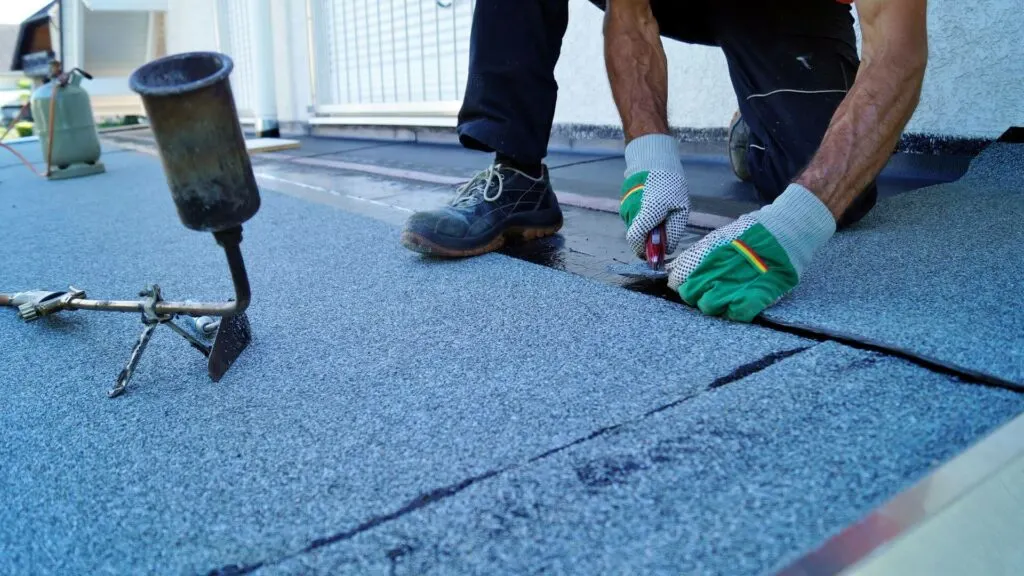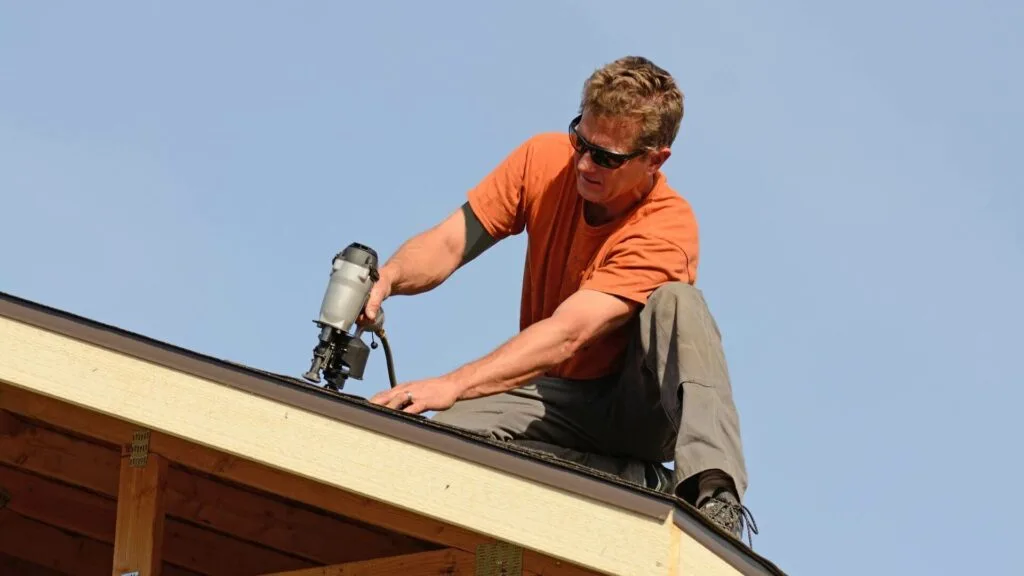Your roof is your home’s first line of defense against the elements. Whether you live in a hot, dry climate or a cold, snowy one, your roof plays a crucial role in protecting your property and keeping your family comfortable. However, different climates pose unique challenges for roofing materials and maintenance practices. In this comprehensive guide, we’ll explore six essential roofing tips to help your roof weather any climate effectively.

Invest in Professional Installation
Investing in professional installation is crucial for the longevity and effectiveness of your roof. Even the most durable roofing material can succumb to leaks, damage, and premature wear if not installed correctly. Whether you are looking for a Poughkeepsie roofing contractor or in any other place, hiring experienced roofing contractors familiar with the specific challenges of your climate is essential. These professionals will ensure proper sealing, ventilation, and flashing, which are vital elements in protecting your roof from moisture, wind, and temperature extremes. Their expertise can make a significant difference in how well your roof performs over time, saving you from costly repairs and replacements down the line. Don’t underestimate the value of professional installation when it comes to safeguarding your home and investment in any climate.
Choose the Right Roofing Material
The first step in ensuring your roof can withstand the elements is selecting the right roofing material for your climate. Here are some popular options based on different weather conditions:
Hot and Dry Climates
Tile Roofing: Tiles are durable and heat-resistant, making them suitable for hot climates. They also provide excellent insulation, keeping your home cooler.
Metal Roofing: Metal roofs reflect sunlight, reducing heat absorption and lowering cooling costs. They are also durable and long-lasting.
Cold and Snowy Climates
Asphalt Shingles: Asphalt shingles are cost-effective and perform well in cold climates. Look for shingles with high wind and snow ratings.
Slate Roofing: Slate is durable and can withstand freezing temperatures and heavy snow loads. It also has a long lifespan.
Wet and Humid Climates
Clay Roofing: Clay tiles are resistant to moisture and mold, making them suitable for humid climates. They also provide good insulation.
Metal Roofing: Metal roofs are rust-resistant and do well in wet climates. Ensure proper installation to prevent leaks.
Maintain Regular Inspections and Maintenance
Regular inspections and maintenance are key to extending the lifespan of your roof and detecting potential issues early. Here’s what you should include in your maintenance routine:
Inspect for Damage: Check for missing shingles, cracks, or signs of wear and tear. Address any issues promptly to prevent water infiltration.
Clean Gutters and Downspouts: Clogged gutters can lead to water backups and roof damage. Clean them regularly to ensure proper drainage.
Trim Overhanging Branches: Trim trees near your roof to prevent branches from scraping or falling onto your roof during storms.
Check Flashing and Seals: Inspect flashing around chimneys, vents, and skylights for cracks or gaps. Replace seals if damaged.
Enhance Insulation and Ventilation
Proper insulation and ventilation are crucial for maintaining a comfortable and energy-efficient home while protecting your roof. In hot climates, adequate insulation prevents heat transfer into your living spaces, reducing the strain on your cooling system. In cold climates, insulation helps retain heat and prevent ice dams. Additionally, proper ventilation allows moisture to escape, reducing the risk of mold and rot.
Address Climate-Specific Challenges
Different climates present specific challenges that homeowners must address to protect their roofs effectively:
Hot Climates: Use light-colored roofing materials to reflect sunlight and reduce heat absorption. Install solar-powered attic fans to improve ventilation and lower indoor temperatures.
Cold Climates: Install ice and water barriers along the eaves to prevent ice dams. Use snow guards to prevent snow accumulation and sliding.
Wet Climates: Apply waterproof coatings or membranes to vulnerable areas like flat roofs or low-slope roofs. Ensure adequate drainage to prevent water pooling.
Plan for Extreme Weather Events
While regular maintenance and preventive measures can mitigate most weather-related risks, it’s essential to have a plan for extreme weather events such as hurricanes, tornadoes, or severe storms. Consider the following preparations:
Secure Loose Items: Anchor outdoor furniture, decorations, and equipment to prevent them from becoming projectiles during high winds.
Have Emergency Supplies: Keep a supply of emergency materials, including tarps, plywood, and waterproof sealant, to address immediate roof damage.
Know Emergency Procedures: Familiarize yourself with evacuation routes and emergency contacts in case of severe weather threats.

By following these six essential roofing tips tailored to your climate, you can protect your home and ensure your roof weathers any conditions it may face. Remember, proactive maintenance and timely repairs are key to a durable and resilient roof that stands strong against the elements for years to come.

Jessi is the creative mind behind The Coffee Mom, a popular blog that combines parenting advice, travel tips, and a love for all things Disney. As a trusted Disney influencer and passionate storyteller, Jessi’s authentic insights and relatable content resonate with readers worldwide.
